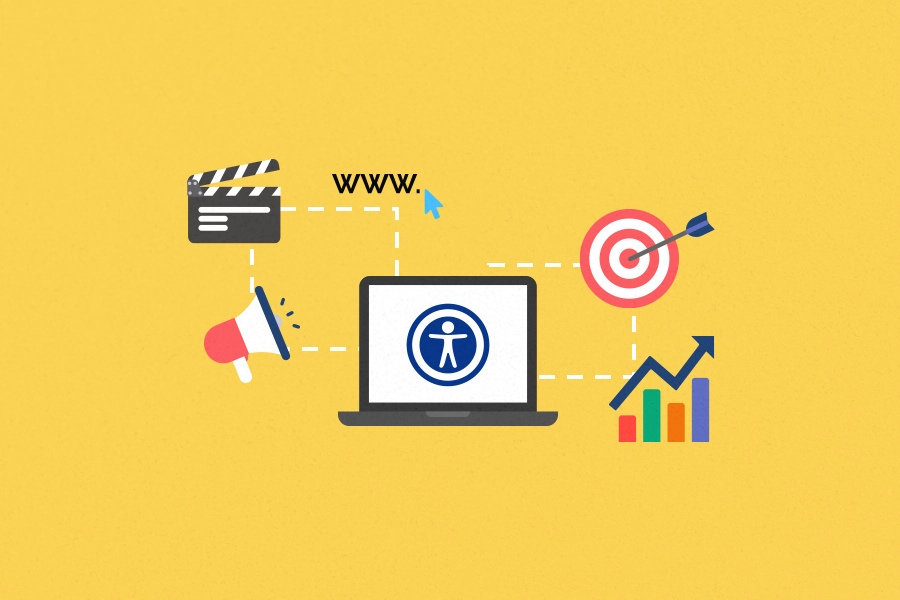
Why Learn Sign Language and Useful Tips for Beginners

In the US, ASL (American Sign Language) has become one of the most popular language classes. According to the Modern Language Association Survey conducted in higher education in 2016, it ranked third, just after French and Spanish.
While the situation can vary around the world and with different sign language categories, one thing is clear: Sign language is constantly growing in popularity! Even as a hearing person, you can benefit immensely from learning to sign. Here’s why.
Learning sign language will make you a better person
The Deaf community is very large, and learning sign language will allow you to interact with it. You can meet new people, be more sensitive to the environment around you, and develop skills you didn’t know you could possess. In short, sign language can make you a better person – and that’s no exaggeration:
- It makes you more observant and aware of your surroundings. You never know when you find yourself in a situation where you see a deaf person trying to explain something, which can be very frustrating. By learning sign languages, you are better equipped to help out.
- It raises your awareness about the challenges the deaf community has to face on a daily basis and think more about what you can do to be a better ally.
- It makes you smarter. The truth is that learning sign language enriches your cognitive processes and helps you develop higher abstract and creative thinking, improve your body language skills, increase problem-solving capacities, and strengthen your overall communication skills. Simply put, it’s a great workout for your brain.
- It immediately breaks the communication barrier and allows you to be a better friend, colleague, lover, and family member to deaf people around you. Even if you don’t become proficient, it’s the effort that goes a long way.
- It gives you access to a whole new culture. Sign language is beautiful, expressive, and graceful and there are many cultural ways and expressions to experience it.
The market applicability of sign language is constantly growing
Even from a professional perspective, learning sign language can be of great benefit. The employability of interpreters is constantly growing: Just in the US, the demand for Sign Language Interpreters is expected to rise by 46% from 2012 to 2022, an increase of 29,300 jobs.
But while being an interpreter may be the most straightforward way to use the skill, learning sign language is a great asset in practically any environment. For example, if you work as a waiter or a cashier – or in any service-related field – it’s extremely likely that you will interact with someone who signs. And the same can be said about teachers, policemen, politicians, doctors, nurses, and lawyers.
So how can you get started?
When starting off on your exciting learning journey, prepare to get expressive! People who learn sign language often need to activate their body language and grasp that they need to use more than just their hands, but also their facial muscles and eyes, to communicate.
The best way to kick your process off is by learning how to fingerspell. It’s a gradual way to get into sign language and forms a great basis for your future learning. The best part? You can practice anywhere!
Sign language is not a difficult language to learn, as many signs are often commonplace gestures. Also, there are now way more tools and sources to learn from than ever before. There are many courses out there and new ones keep appearing rapidly. In 2019, four of the eight Ivy League schools have made major progress toward offering full-scale, language-requirement-fulfilling ASL courses.
If you want to start learning by yourself, there are different tools (both digital and offline) to check out. These include books, videos, online courses, apps, and sign language learning clubs! Make sure to download Hand Talk to your phone and use it to guide your process.
If you want to explore more related topics, make sure to browse our blog!


